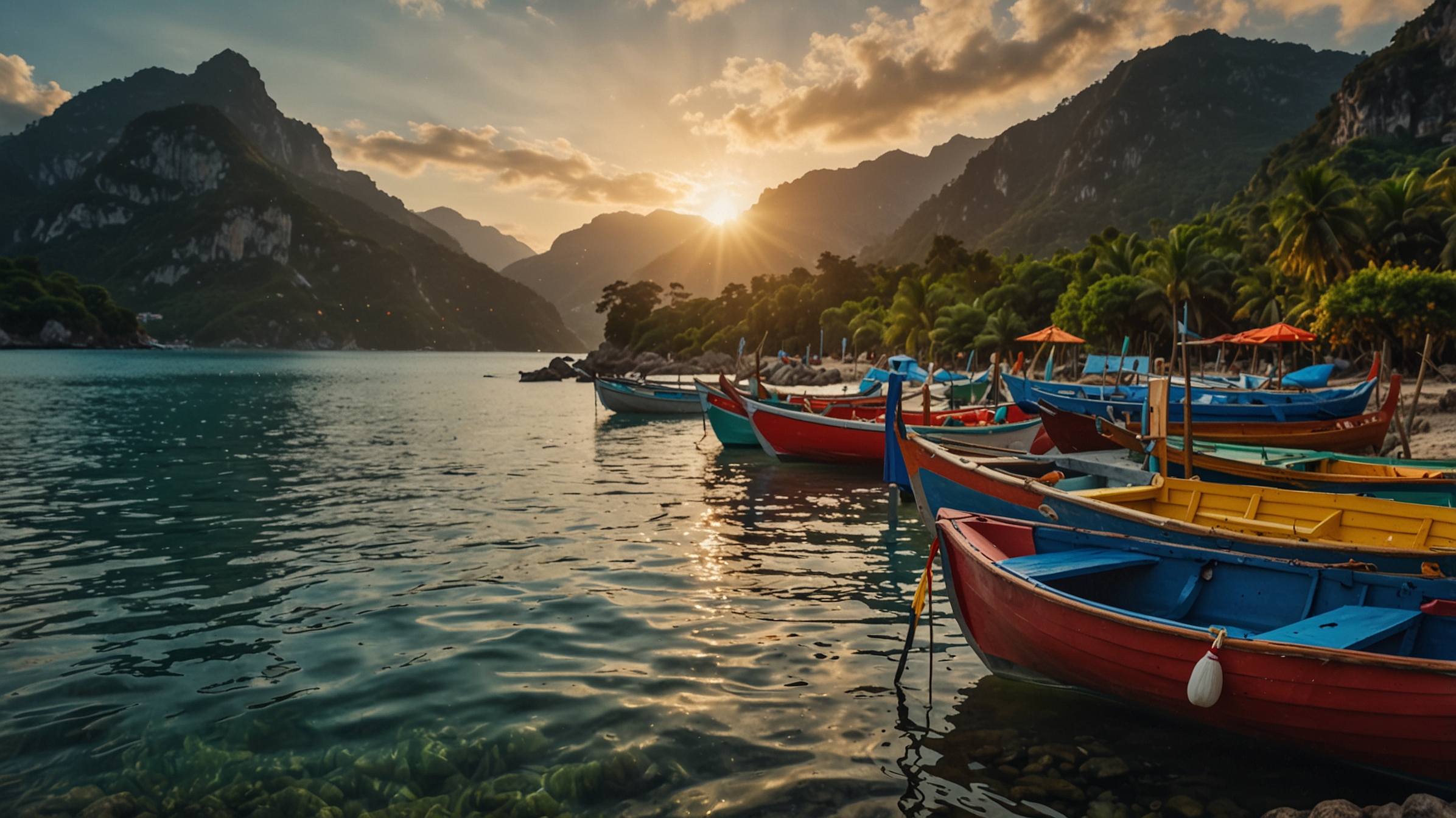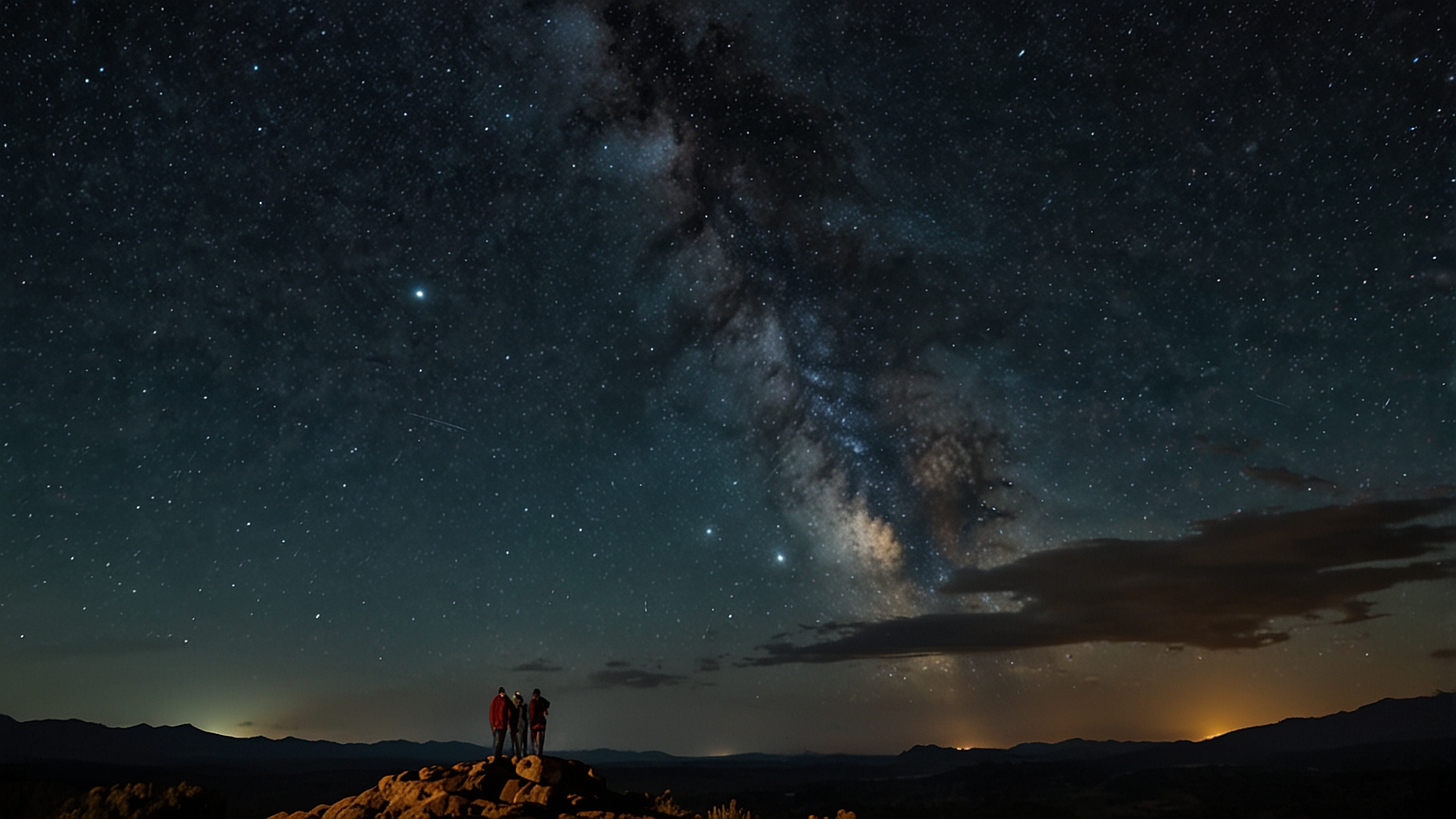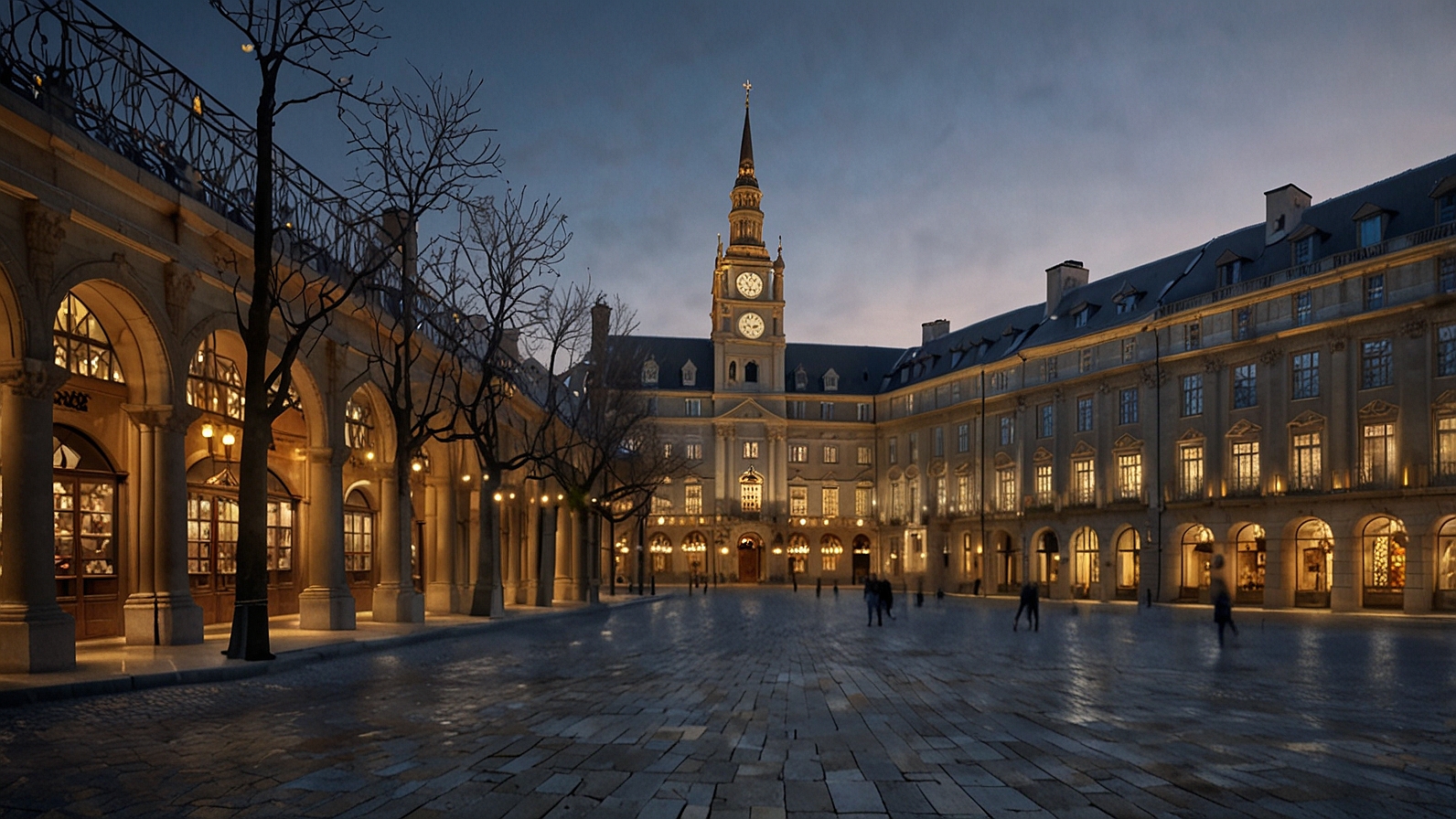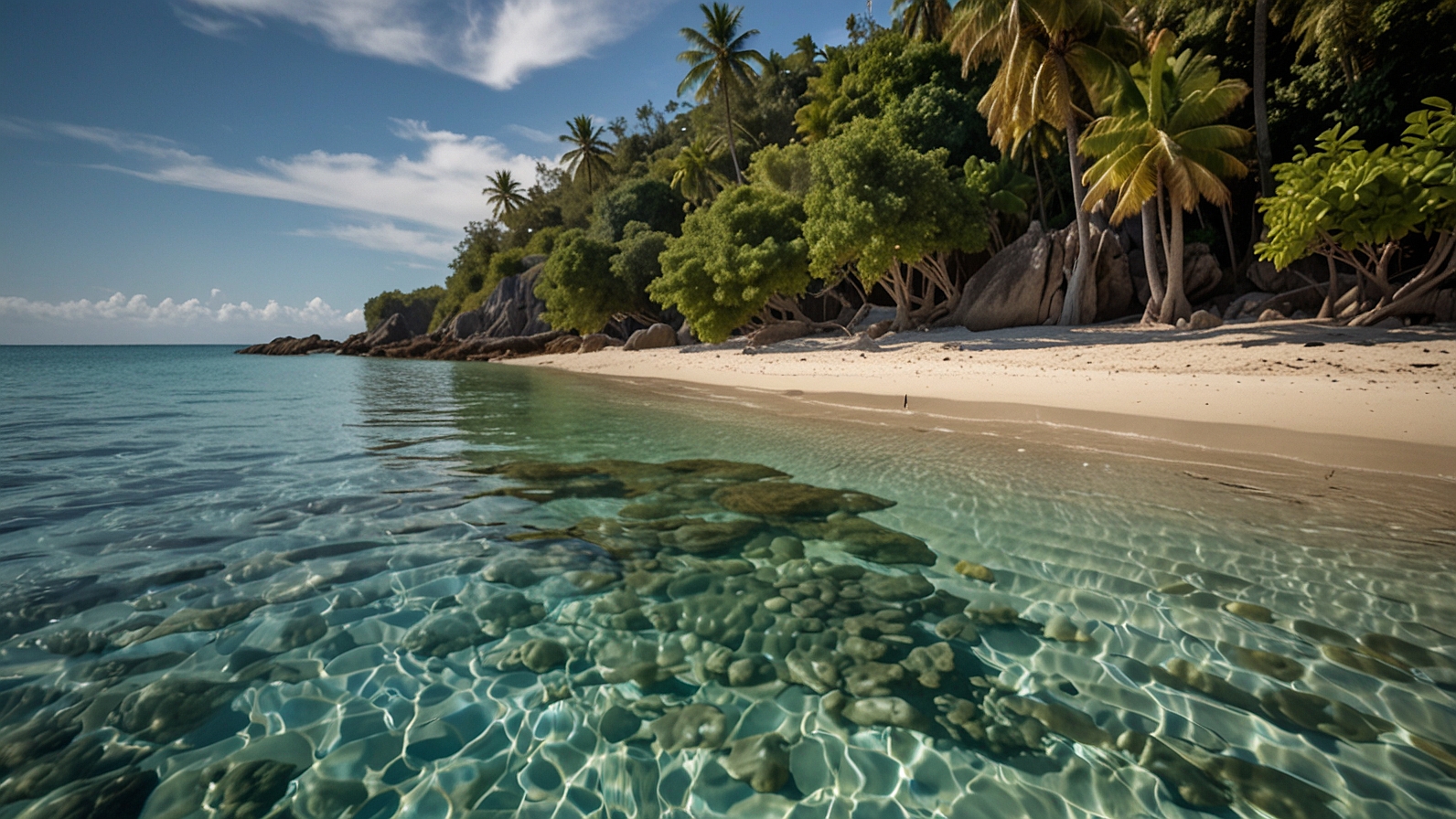The thrill of exploring a new country, savoring exotic dishes, or lounging on a remote beach is one of life’s greatest pleasures. But every plane ticket, hotel stay, and road trip leaves an environmental mark. From fuel emissions to single-use plastics, travel contributes significantly to global carbon footprints. The good news? Eco-conscious travel is more accessible than ever.
If you love to explore but want to tread more lightly on the planet, here’s your practical guide to understanding and offsetting your carbon footprint—without giving up your vacation dreams.
What Is a Carbon Footprint, Really?
In simple terms, your carbon footprint is the total amount of greenhouse gases—primarily carbon dioxide (CO₂)—that your actions produce. When you fly across the globe, stay in energy-intensive accommodations, or even eat imported food while abroad, you’re adding emissions to the atmosphere.
Travel can quickly rack up emissions. For example:
- A round-trip flight from New York to London emits roughly 2 metric tons of CO₂ per passenger.
- Staying in a luxury hotel for a week can produce 50–100 kg of CO₂, depending on the property’s energy usage.
But carbon-heavy travel doesn’t have to be a given. You can reduce and offset emissions in ways that are both effective and empowering.
Step 1: Travel Smarter, Not Just Less
Reducing your carbon footprint doesn’t always mean skipping travel altogether. It’s about making smarter choices along the way.
Choose Greener Flights
- Book nonstop routes: Takeoffs and landings are the most fuel-intensive parts of flying.
- Fly economy: Business and first class take up more space and resources per passenger.
- Use eco-friendly airlines: Some carriers are investing in sustainable aviation fuel (SAF) and more fuel-efficient aircraft. Look for airlines with carbon-neutral programs.
Consider Alternative Transportation
- Trains over planes: In regions like Europe or Japan, trains offer a scenic, efficient, and much greener alternative.
- Bus or rideshare over rental cars: Public or shared transportation reduces emissions.
- Bike and walk when you can: It’s free, healthy, and the most eco-friendly option of all.
Step 2: Stay Green on the Ground
Pick Eco-Friendly Accommodations
Look for certifications like LEED, Green Key, or EarthCheck, which indicate that a hotel or resort meets high sustainability standards.
Key features to look for:
- Renewable energy sources (solar, wind)
- Water conservation systems
- Low-waste practices (e.g., no single-use toiletries)
- Locally sourced food and supplies
Eat Local, Eat Smart
Importing food takes fuel. Choosing locally grown, in-season food supports the community and reduces transport emissions. Bonus: it often tastes better.
Skip the Plastic
Travel with a reusable water bottle, tote bag, and utensils. Many destinations now offer refill stations and plastic-free shops.
Step 3: Offset What You Can’t Avoid
Even with all the best intentions, some emissions are inevitable. That’s where carbon offsets come in.
Carbon offsetting means investing in environmental projects—like reforestation or renewable energy—in proportion to your travel emissions. For example, if your flight emits 2 tons of CO₂, you can fund a project that removes or prevents the same amount of carbon from entering the atmosphere.
How to Offset:
- Calculate your carbon footprint with tools like:
- Choose a trustworthy offset provider. Look for:
- Transparency
- Third-party verification
- Certification from standards like Gold Standard, Verra, or Climate Action Reserve
- Pick a project that resonates with you:
- Reforestation in the Amazon
- Clean cooking stoves in Africa
- Wind or solar projects in India
- Methane capture in landfills
Bonus: Conscious Planning = Rewarding Travel
When you plan a more sustainable trip, you’re not just cutting emissions—you’re often enhancing your experience. Eco-travel encourages:
- More meaningful connections with local communities
- Deeper immersion into nature and culture
- Slower, more intentional travel that leaves you feeling refreshed, not rushed
You also support businesses and destinations that are actively working to protect the planet, creating a ripple effect far beyond your vacation.
Final Thoughts: Small Steps, Big Impact
You don’t need to be a zero-waste guru or give up travel to make a difference. Every conscious decision—whether it’s choosing a local Airbnb over a chain hotel or offsetting your next flight—adds up.
Travel is one of the most transformative things you can do. With just a bit of mindfulness, it can also be one of the most sustainable.
Ready to plan your next low-impact getaway? The world is waiting—and now, you can explore it with a lighter footprint.














